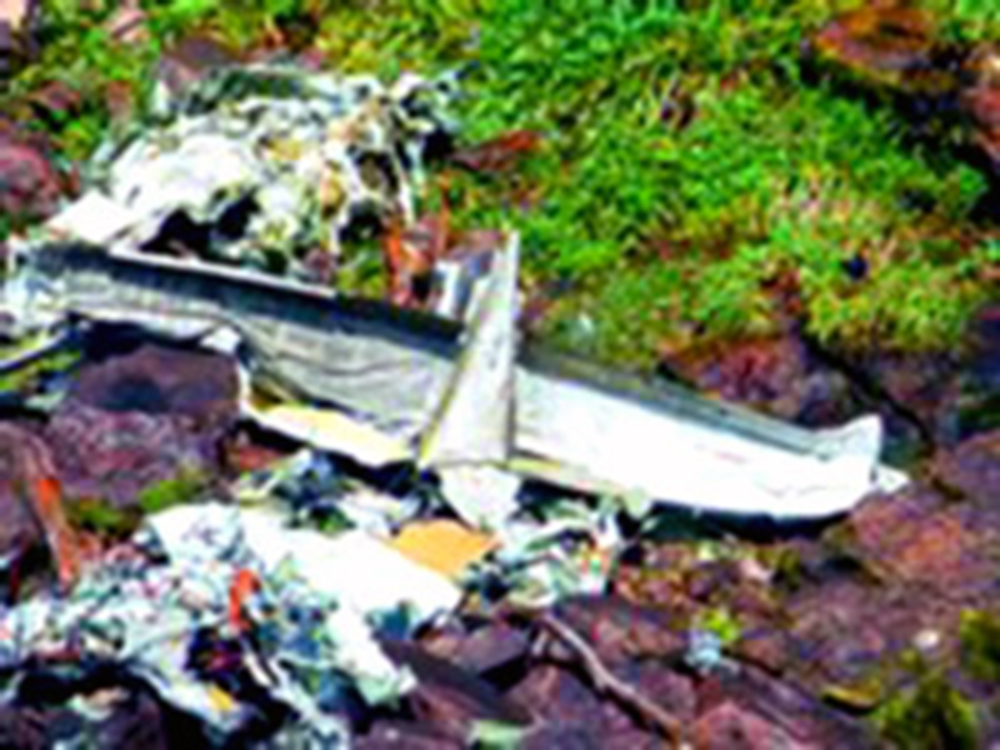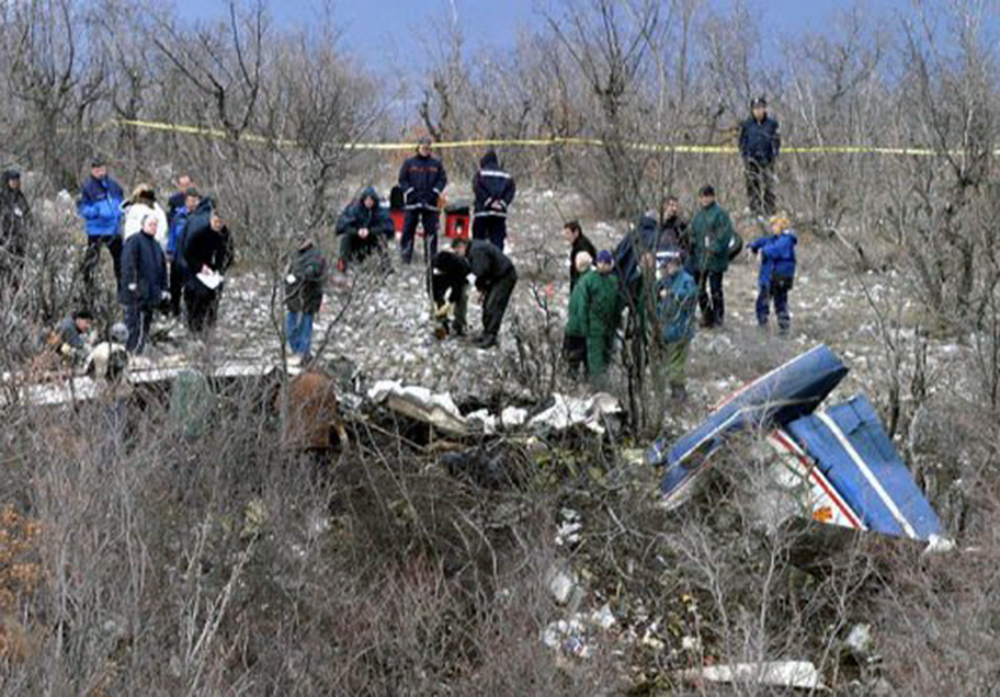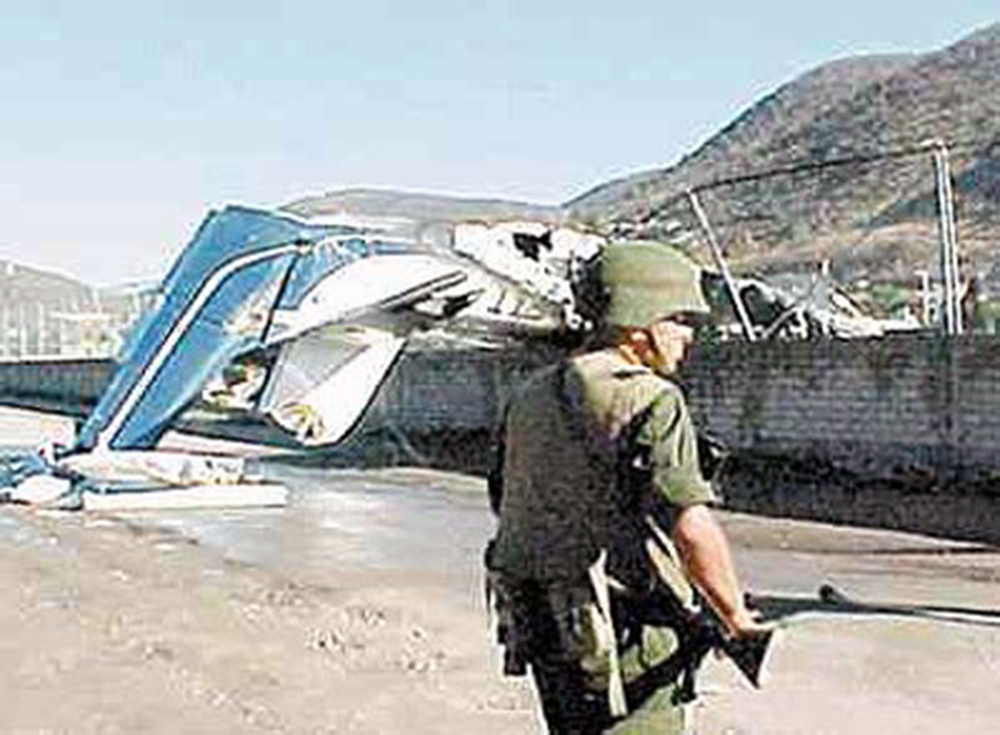Crash of a Rockwell Sabreliner 60 in Mexicali
Date & Time:
Jul 28, 2004 at 1330 LT
Registration:
XC-PFN
Survivors:
Yes
Schedule:
Tijuana – Mexicali
MSN:
306-111
YOM:
1976
Crew on board:
2
Crew fatalities:
Pax on board:
4
Pax fatalities:
Other fatalities:
Total fatalities:
0
Circumstances:
Following an uneventful flight from Tijuana, the aircraft landed too far down the runway 28 at Mexicali-General Rodolfo Sanchez Taboada Airport. Unable to stop within the remaining distance, it overran, rolled for about 750 metres, collided with an embankment and came to rest in a sandy area. All six occupants escaped uninjured while the aircraft was damaged beyond repair. The aircraft had the dual registration XC-PFN (civil) and PF-213 (military).

















